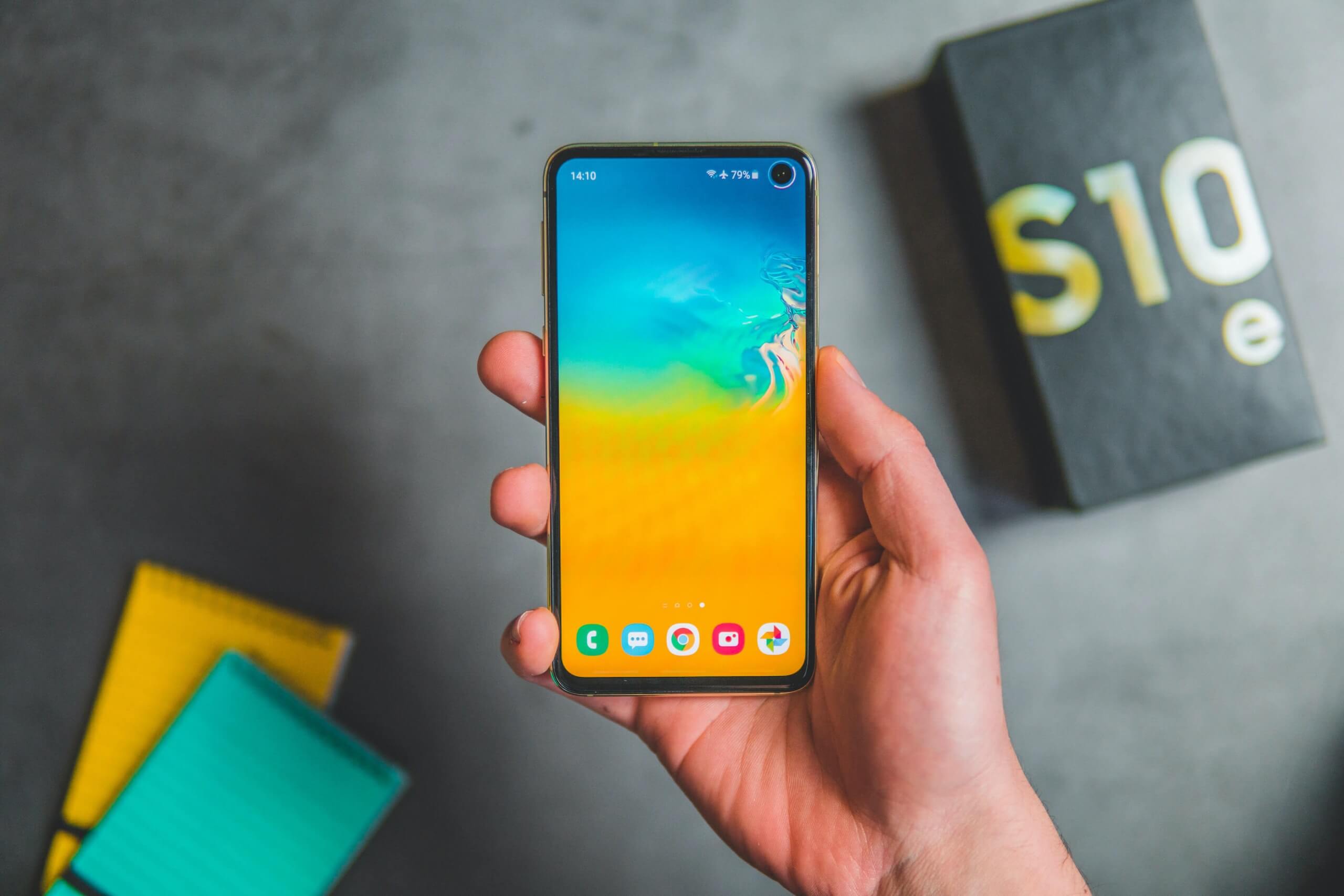Slow and steady wins the race? Android 10 launched precisely three months ago, but Samsung has just started to implement the newest operating system in its flagship phones. The first to receive the update will be the Galaxy S10, but only in Germany, South Korea, the UK, India, Poland, and Spain. The slow rollout will continue in other regions, including the United States, at a later date.
Android 10 released on September 3 and started hitting competing devices as early as November 24. It has taken Samsung nearly three months to begin finalizing stable builds for its overseas phones, and it may take a while longer before the Korean electronics giant has it ready for other regions, including the US.
The delayed introduction to North and South America, as well as China, is due to those phones shipping with Qualcomm's Snapdragon SoC. Devices in Africa, Europe, and most of Asia have Exynos-based processors. It appears Samsung prioritized the Exynos phones since they are first in line for the update. This isn't really surprising since the devices in its home country of South Korea have Exynos SoCs.
The company will likely need at least another month and a half or so to bring the upgraded OS to other regions. It has to first stabilize a Qualcomm build, then have it validated by US carriers before releasing it here.
"Galaxy Fold, Tab S6, A50, and more to get Android 10 in April"
Unlocked versions of Samsung's smartphones are usually the last on the list to receive upgrades, so those who purchased those will likely have to wait even longer. Earlier this year, we noted that unlocked Galaxy S9 customers had to wait nearly two months after Samsung's initial rollout of Android 9 builds to receive upgrades.
SamMobile speculates that most Galaxy devices, including the S10, Note 10, Note 9, S9, M20, M30, and A30, should begin getting the Android 10 update in January. However, that does not account for SoC concerns and carrier validation. Other models like the Galaxy Fold might have to wait until April.
While the wait may seem annoyingly long, it is better than past Samsung/Android releases. Last year, it took over four and a half months for the company to update its flagships. So a three-month window is at least an improvement.
However, let's not make excuses for Samsung. It is still the worst vendor at getting out updates. Unsurprisingly, Google and Apple get updates out to their phones on day one, but that is an unfair comparison since they are in control of the release of both the phones and the OS. That said, most other phone vendors have an update ready within a few weeks of a major Android update.
Image credit: Jan Maly via Shutterstock
